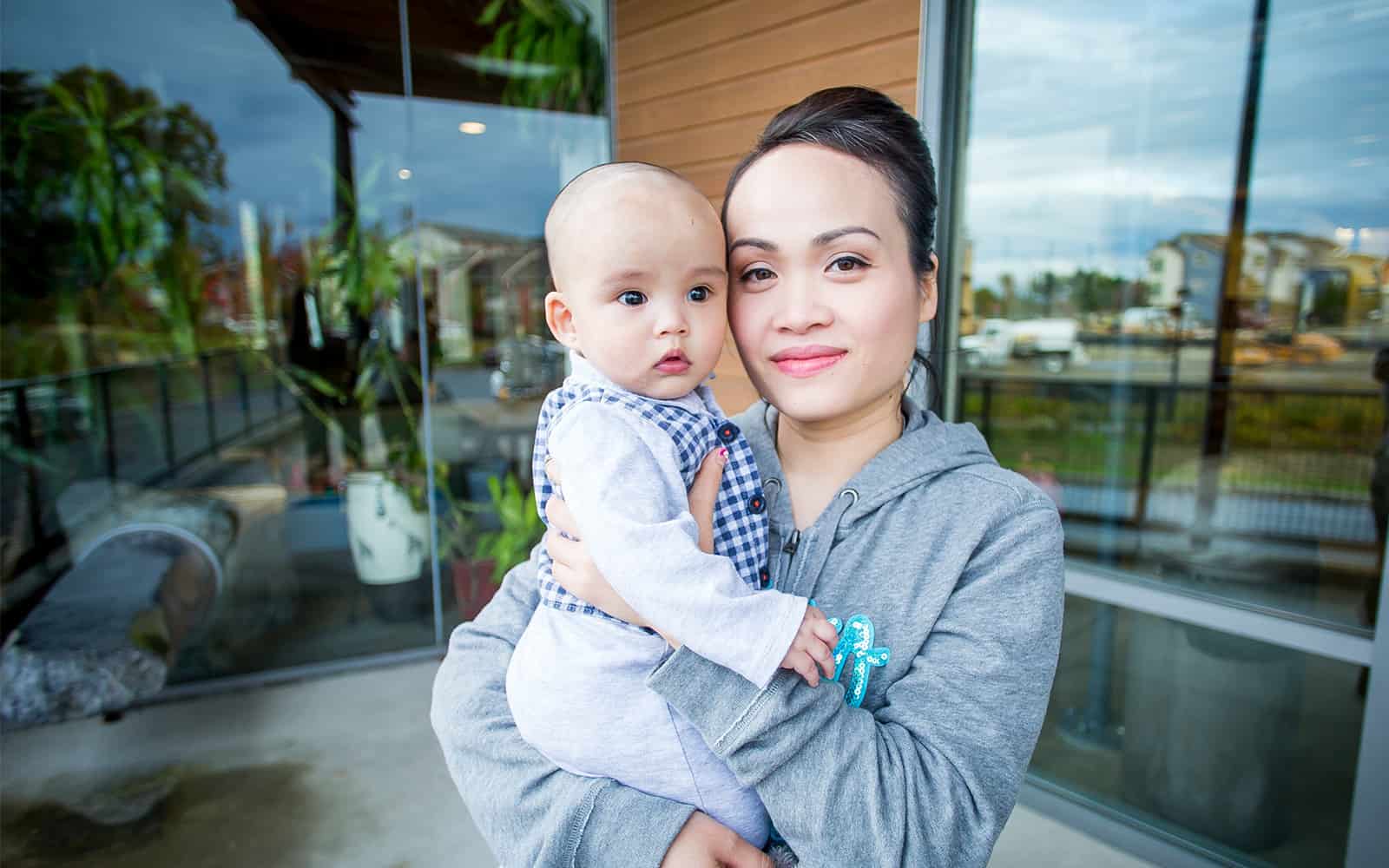Separation anxiety and the behaviors that manifest from it are specific to each child. Educators must honor the differences in each child and the culture of the school or center where they work when partnering with parents to help a child cope with separation anxiety. While the strategy will vary for each child, the goal remains the same: helping them feel safe and secure in the new environment so that they can learn.
The thoughts and opinions expressed in this article are informed by what Start Early experts and Educare Chicago teachers have found to be successful ways of mitigating separation anxiety in the classroom. While there are many opinions on this broad topic, one recurrent theme is the importance of establishing a routine.


